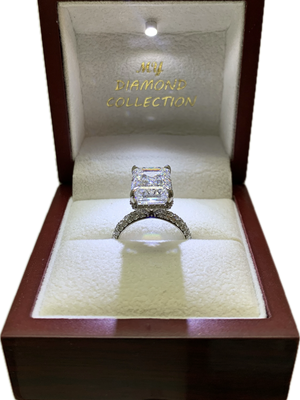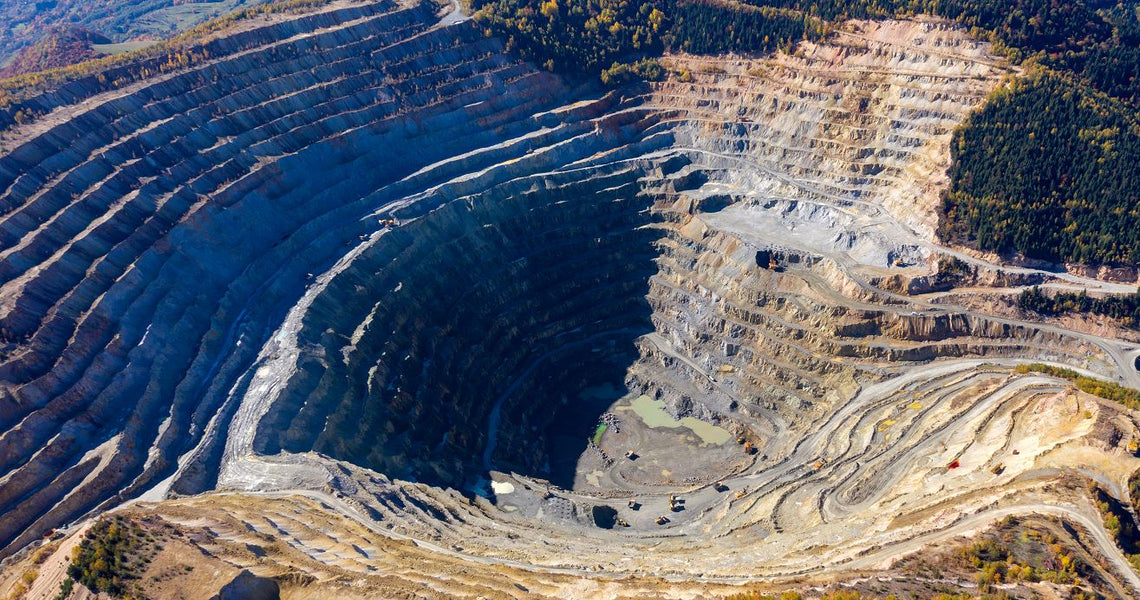Outline of the Article
Table 1: Outline
- Introduction to Diamond Engagement Rings
- The Historical Roots of Diamond Engagement Traditions
- Influence of Major Diamond Companies and Marketing Campaigns
- De Beers' Two-Month Salary Guideline
- Market Control by Major Diamond Companies
- Environmental Impact of Natural Diamond Mining
- The Issue of Blood Diamonds
- Shift to Lab-Grown Diamonds
- Advantages of Lab-Grown Diamonds
- Cost Comparison: Natural vs. Lab-Grown Diamonds
- Quality Assessment of Lab-Grown Diamonds
- Changing Trends in Diamond Ownership
- Symbolism of Diamonds in Modern Relationships
- Conclusion: The Evolving Nature of Diamond Rings
- FAQs
Article
Diamond Engagement Rings: Tradition, Controversy, and the Shift to Sustainability
Diamond engagement rings have been a symbol of love and commitment for centuries, but their journey is marked by significant historical, ethical, and technological developments. This article explores the evolution of diamond engagement rings, highlighting their historical origins, the impact of major diamond companies, ethical considerations, and the rising popularity of lab-grown diamonds.
1. Introduction to Diamond Engagement Rings
Diamonds have been treasured for centuries for their unparalleled brilliance and durability. The tradition of diamond engagement rings, however, is relatively recent and closely linked to marketing strategies by major diamond companies.
2. The Historical Roots of Diamond Engagement Traditions
The concept of diamond rings symbolizing engagement dates back to the late 19th century. It gained popularity in the 20th century, propelled by the advertising campaigns of diamond companies, notably De Beers.
3. Influence of Major Diamond Companies and Marketing Campaigns
Major diamond companies, such as De Beers, played a pivotal role in popularizing diamond engagement rings. Their marketing campaigns established diamonds as a symbol of eternal love and a must-have for engagements.
4. De Beers' Two-Month Salary Guideline
One of the most influential marketing strategies was De Beers' suggestion that an engagement ring should cost two months' salary, a guideline that greatly impacted consumer behavior worldwide.
5. Market Control by Major Diamond Companies
These companies maintained a tight grip on the diamond market, controlling both supply and demand. This control enabled them to keep diamond prices high by creating an illusion of scarcity.
6. Environmental Impact of Natural Diamond Mining
The mining of natural diamonds has significant environmental consequences. It leads to habitat destruction, soil erosion, and other ecological damages.
7. The Issue of Blood Diamonds
The term 'blood diamonds' refers to diamonds mined in war zones and sold to finance armed conflict against governments. This issue was brought to light in popular media, including Leonardo DiCaprio's film "Blood Diamond."
8. Shift to Lab-Grown Diamonds
In response to ethical and environmental concerns, the industry is witnessing a shift towards lab-grown diamonds. These diamonds are created in controlled environments, avoiding the issues associated with natural diamond mining.
9. Advantages of Lab-Grown Diamonds
Lab-grown diamonds offer numerous advantages, including ethical sourcing, minimal environmental impact, and affordability. They are identical to natural diamonds in physical and chemical properties but are more sustainable.
10. Cost Comparison: Natural vs. Lab-Grown Diamonds
Lab-grown diamonds are significantly more affordable than natural diamonds. They offer the same aesthetic appeal at a fraction of the cost.
11. Quality Assessment of Lab-Grown Diamonds
Despite their lower price, lab-grown diamonds do not compromise on quality. They often surpass natural diamonds in terms of clarity and brilliance.
12. Changing Trends in Diamond Ownership
The advent of lab-grown diamonds has democratized diamond ownership, making high-quality diamonds accessible to a broader segment of society.
13. Symbolism of Diamonds in Modern Relationships
Diamonds continue to symbolize love and commitment in relationships, but with a growing emphasis on ethical and sustainable practices.
14. Conclusion: The Evolving Nature of Diamond Rings
The tradition of diamond engagement rings continues to evolve, reflecting changes in societal values and technological advancements. The shift towards lab-grown diamonds is a testament to this evolution.
15. FAQs
-
What is the history behind diamond engagement rings? Diamond engagement rings originated in the 15th century, becoming widely popular in the 20th century due to marketing by companies like De Beers.
-
How did marketing campaigns influence the popularity of diamond rings? Marketing campaigns, particularly by De Beers, established diamonds as symbols of eternal love, influencing global consumer behavior towards engagement rings.
-
What are the ethical concerns associated with natural diamonds? Natural diamonds have been linked to environmental harm, labor exploitation, and funding conflicts, known as 'blood diamonds'.
-
What are the benefits of choosing lab-grown diamonds? Lab-grown diamonds offer ethical sourcing, minimal environmental impact, and affordability while maintaining quality and aesthetics.
-
How has the perception of diamond rings changed over time? Perception has shifted from viewing diamonds as exclusive luxuries to embracing sustainable, lab-grown options accessible to more people.
At MY Diamond Collection, we handpick our diamonds and control the entire supply chain, from raw diamond to polished gem, ensuring each diamond's quality with an IGI certificate and exquisite handcrafted setting. This guarantees our clients the best value for their budget, allowing





















